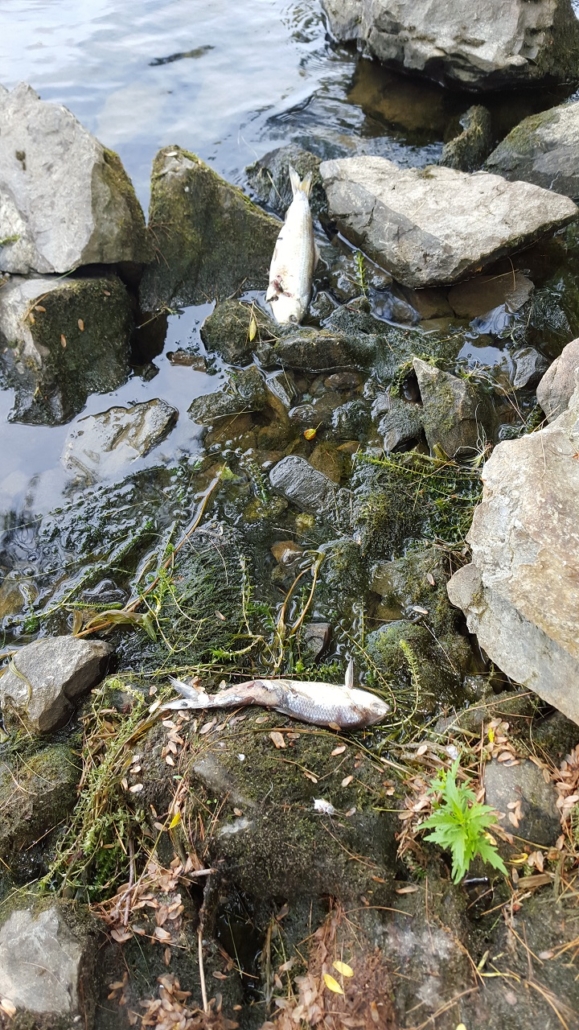Volunteers sought for watershed survey

photo by Eric Austin
A watershed is the area of land that drains to a water body. The China Lake Watershed covers approximately 26 square miles of land in China, Vassalboro, and Albion. Changes to the land in a watershed can affect the water quality of the lake.
What is a Watershed Survey?
A watershed survey helps identify and prioritize current sources of soil erosion and stormwater runoff on developed land in the watershed. This includes shoreline properties, state, local and private roads, stream crossings, agriculture and forestry, and commercial properties. The last watershed survey for China Lake was conducted as part of the previous 2008 watershed-based plan. Current information is needed to develop long-term planning strategies that will improve the water quality in China Lake, which is currently listed as an “impaired lake” in Maine and has had annual algal blooms since 1983.
Watershed Survey Benefits:
• Raises public awareness about the need to protect China Lake from stormwater runoff and soil erosion.
• Documents current problems that affect water quality.
• Provides landowners with information about how to reduce or eliminate soil erosion and polluted runoff from their property.
• Provides the means by which to acquire state and federal grants to fund future projects that will improve water quality. Volunteers are needed for this monumental event!
For more information or to register:
Call the China Lake Association at (207) 968-1037, or call Dale at Kennebec County SWCD at 621-9000. For more information: www.ChinaLakeAssociation.org
A watershed survey for China Lake will take place on Saturday, October 3, 2020.
Become a Survey Volunteer!
Attend a free two-hour training presentation to learn about watersheds, how to identify erosion and other sources of polluted runoff, and ways to help improve the water quality in China Lake. Then, join us on Saturday October 3rd to walk the watershed and document erosion.
The China Lake Watershed Survey is a community effort to improve the water quality in China Lake now and for future generations.
Project partners include: China Lake Association, China Region Lakes Alliance, Kennebec SWCD, Maine DEP & Ecological Instincts. This project is funded in part by the United States Environmental Protection Agency under Section 604(b) of the Clean Water Act.










